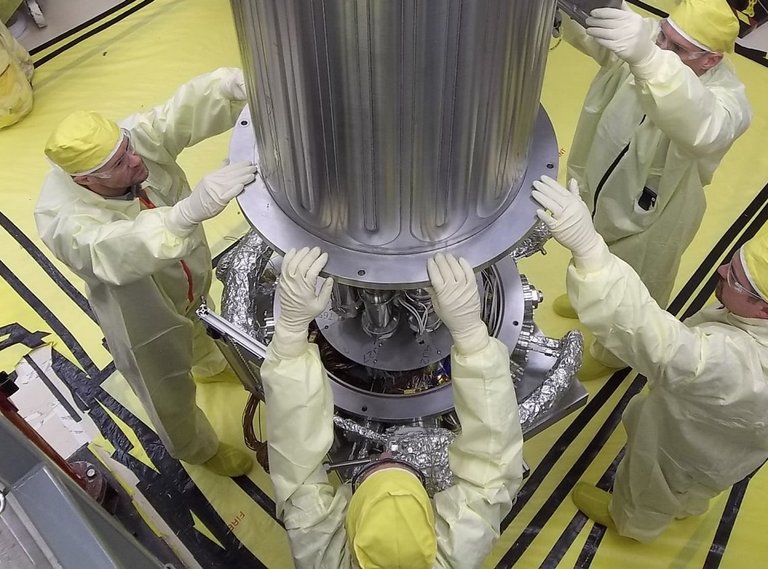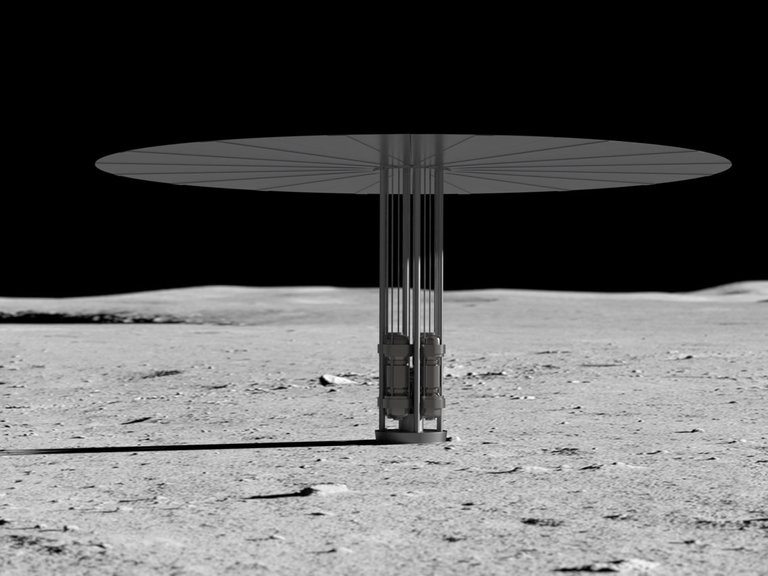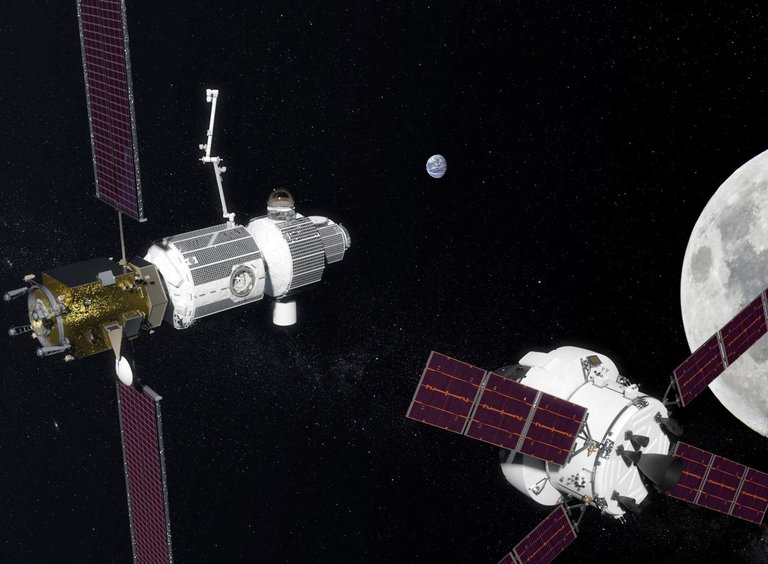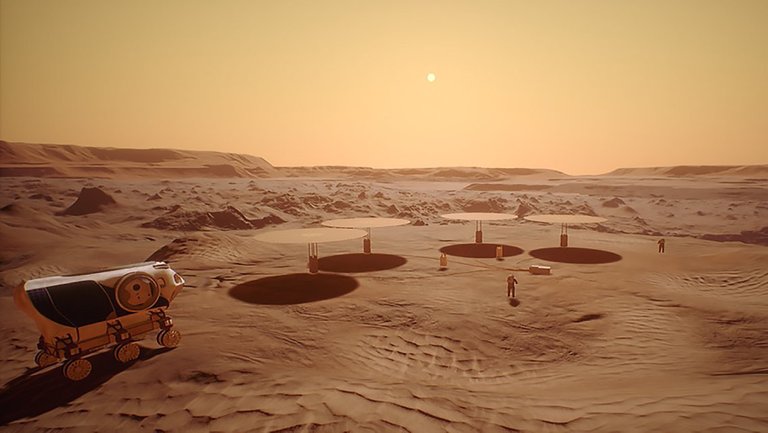
*NASA is working on a nuclear reactor to power (and later propel) deep-space exploration, such as human missions to the moon and Mars.
*Kilopower is a 1- to 10-kilowatt design that could theoretically power a US home for hundreds of years.
*A recent full-power test in Nevada met or exceeded all of the government's expectations.
*The risk posed by the new technology could be far less than any other reactors in use today.
While nuclear power plants across America are shutting down, NASA is perfecting a new type of fission reactor.
The device, called Kilopower, could enable unprecedented exploration of the moon, Mars, and elsewhere in the solar system. Researchers announced on Wednesday that a prototype has successfully passed a battery of tests.

This is the first new reactor not just for space and not just for NASA, but of any kind in the US in 40 years," David Poston, the project's chief designer at Los Alamos National Laboratory, said during a press conference Wednesday. "We demonstrated a concept that NASA can use right now. It's ready for a flight program."
NASA and the National Nuclear Security Administration have worked toward this make-or-break test of Kilopower for about five years and announced it in January. During the experiment, researchers ran the uranium-fueled reactor for 28 hours at full power.
This really is the first step in using fission power in space," Poston said.
A slide shown during the press conference went further: "Kilopower is the first step towards truly astounding space fission capabilities," it said
The problem of power in space
NASA has some big goals. The agency is developing a huge rocket called the Space Launch System, wants to set up a space station near the moon, plans to send missions to the lunar surface, and, might even rocket astronauts toward Mars sometime in the 2030s.
But to do all that, NASA has to figure out how to generate enough power to run systems that are vital to a long-term presence in space.
![58f929307522ca3a268b4d74-1136-834.jpg]
"We are likely going to need large power sources not dependent on the sun, especially if we want to live off the land," James Reuter, the acting associate administrator of NASA's Space Technology Mission Directorate, said during the press conference. "For example, water ice is a critical resource present in lunar soil, and it can be extracted and used, but it takes a lot of energy to do so."
Bases off of Earth would also need to power systems that recycle water, refresh air supplies, generate fuel, illuminate greenhouses, and more.
( )
)
"Our studies say that we would probably need up to 40 kilowatts of power on the moon, and then later on the surface of Mars," Reuter said.

Currently, space missions usually rely on solar power or fuel cells. But a night on the moon lasts about 14 days, and sunlight is about 40% as strong at Mars as it is at Earth, so solar panels may be impossible to wholly depend on. Plus, Martian dust storms can coat solar panels.
Fuel cells, meanwhile, can be hazardous to use and run out of juice relatively quickly.
NASA does have small nuclear power supplies that enable ambitious robotic missions. But they run on the natural decay of plutonium-238 and don't provide more than a few hundred watts of electrical power. This form of plutonium is also expensive, difficult to make, and in short supply.
These power problems have led NASA to develop Kilopower, which runs on fission — the same process harnessed by nuclear power plants on Earth. The reactor is designed to be safe, long-lasting, reliable, scalable, and energy-dense.
"This technology, we believe, will very likely be the most effective means to power human surface missions," Reuter said.
Hi! I am a robot. I just upvoted you! I found similar content that readers might be interested in:
http://www.businessinsider.com/nasa-nuclear-reactor-kilopower-how-it-works-2018-5